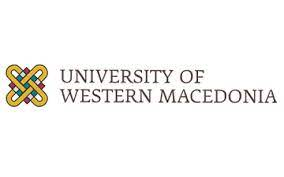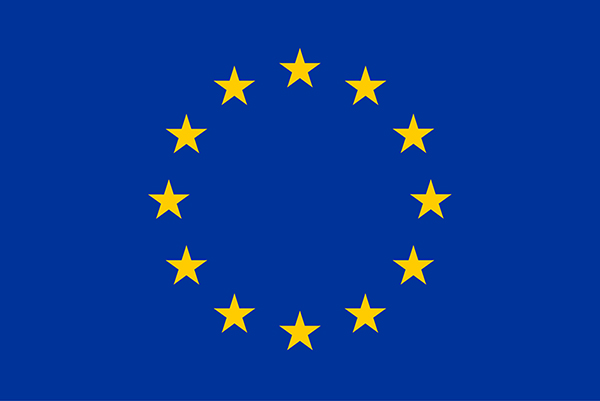The OCTANE proposal seeks to integrate technologies and tools from various scientific disciplines, namely electrical engineering, machine learning, computer science, and mathematical optimization. An interdisciplinary approach will be followed to address issues that TSOs and DSOs face in modern electricity networks. The scope is to obtain an exploitable methodology and know-how procedure for integration in the decision-making framework of DSOs. The proposal will promote the development of a novel strategy for CM.
The expected impacts can be summarized in the following:
- The landmarks of a new ancillary market service will be defined for the EU power market. Currently, CM is not considered as a service in the balancing energy market. The OCTANE proposal will examine the technical, economic, and legislative conditions that apply to the balancing markets of the three target countries. It will describe the procedures needed for the integration of CM as an ancillary service to ensure the reliable, stable, and qualitative operation of the electricity networks.
- The flexibility concept will be fully examined via a diverse set of resources. The flexibility providers will include Distributed Energy Resources (DERs), ESSs, and flexible loads. These technologies promote green energy, a concept that is fully aligned with the official EU energy policy.
- The role of new power market entities will be explored and highlighted. The central theme of the CM methodology will make valid contributions in the interaction of system operators with private players, namely Aggregators and Prosumers.
- The research on the coordination of TSO and DSO will be advanced. In most power market set-ups, transmission and distribution networks almost operate independently. During the last years, the scientific community has been recognizing the significance of coordination. This is emphasized in numerous research programs (e.g., INTERRFACE, SmartNet, Coordinet, BRIDGE, Attest), utilities, and institutes (e.g., ERPI, Statnett, ENTSOE, Eurelectric, AEMO), and international conferences (e.g., POWERTECH2017, CIRED2019, SEST2019, EEM2019, MEDPOWER2020). The proposal seeks to contribute to this body of work by connecting the TSO and DSO via an innovative CM methodology that involves various market entities.
- Exploitation of new services provided by DERs, ESSs, and DR to the distribution grid. The OCTANE proposal will employ optimization techniques to optimally utilize CM resources, resulting in the cost-efficient operation of the distribution grid and the increased economic profitability of Aggregators and Prosumers. Moreover, the optimal allocation of the CM resources can lead to the deferral of investments for grid expansion, resulting in the increment of the societal benefit.
- The economic profitability of Aggregators and Prosumers will be assessed with new methods. Within a competitive power market, the Aggregator acts as an intermediate agent between the generation and the demand sides. The aim is to minimizing electricity procurement costs and maximize profits by selling the electricity to its clients. In addition, Prosumer aims at minimizing energy costs. By the synergy of these two entities, a new method will be developed for the assessment of the economic profitability with the purpose of optimally utilizing the resources of electricity procurement and power generation.
- The dissemination results of the INTERRFACE project will be enriched. A further scientific impact of the proposal will be the publication of one (1) paper in a reputable peer reviewed scientific journal and one (1) in an international conference.
The OCTANE proposal aims at developing a CM methodology that can bring forth many opportunities for various key market players in competitive electricity markets. The management of congestion through the optimal utilization of flexible resources can lead to a series of benefits for stakeholders, which are outlined below:
Prosumers
- Increase prosumers' awareness of the importance of energy saving and its rational use.
- Ability to actively participate in the retail energy market.
- Participation in energy saving measures.
- Economic benefits due to more accurate and justified pricing policy.
Transmission & Distribution System Operators
- Greater supervision of network operation, e.g., CM, fault prediction, etc.
- Better load flow programming at the various system nodes.
- More reliable of the system expansion planning studies.
Aggregators
- Increase profits and share in the competitive retail market.
Local Society & Regional Authorities
- Consolidating new markets: Multi-zone invoices and real-time invoices can be designed to enable a supplier to offer competitive energy services.
- Promoting the use of green energy.
- Developing the energy saving industry.
- Promotion of the actions of the local community at a national level.
For more details, please consult with the project presentation.


 This project has received funding from the European Union’s Horizon 2020 research and innovation programme under grant agreement No 824330
This project has received funding from the European Union’s Horizon 2020 research and innovation programme under grant agreement No 824330